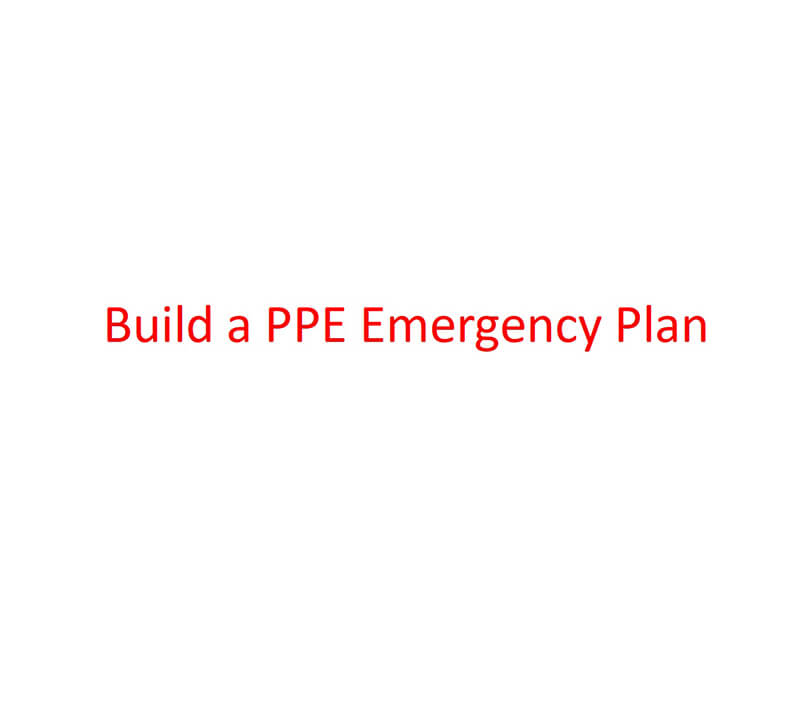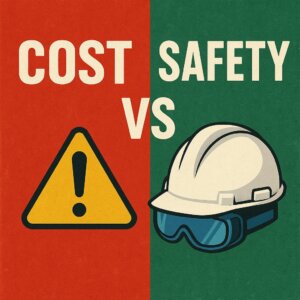In high-risk environments, a robust PPE emergency plan is critical to safeguarding employee safety and ensuring compliance with occupational health standards. With workplace incidents and disasters posing increasing threats, here’s a concise, actionable guide to building an effective PPE emergency response strategy, optimized for clarity and SEO.
1. Risk Assessment & Scenario-Based Planning
- Identify Hazards: Conduct a comprehensive risk assessment aligned with ISO 45001 requirements.
Focus on industry-specific threats like chemical spills, fires, or respiratory hazards. Use tools like FEMA’s CPG 101 framework to prioritize risks.
- Scenario Mapping: Define emergency tiers (e.g., minor spills vs. major disasters) and assign corresponding PPE protocols. For example, chemical spills require respirators and chemical-resistant gloves
2. PPE Inventory & Lifecycle Management
- Strategic Stockpiling: Maintain a 30-day PPE supply for critical items (e.g., respirators, protective suits) and establish backup agreements with suppliers . Reference GB 39800.1-2020 standards for equipment classification.
- Digital Tracking: Implement tools like Power BI dashboards to monitor inventory expiration dates and usage patterns. Integrate daily PPE inspection checklists (e.g., hard hats, gloves, eyewear) to ensure equipment readiness.
3. Clear Roles & Accountability
- Emergency Response Team: Designate roles such as Emergency Coordinator (to manage evacuations) , PPE Officers (to distribute equipment), and First Aid Responders . Ensure cross-training for role redundancy.
- External Partnerships: Collaborate with local fire departments and spill cleanup specialists (e.g., pre-vetted contractors for mercury spills)
4. Training & Drills
- Scenario-Based Drills: Conduct biannual drills using VR simulations for high-risk scenarios (e.g., fire evacuation, toxic gas leaks). Include PPE donning/doffing procedures to prevent contamination
- Quick Reference Guides: Distribute laminated cards with PPE selection criteria and emergency contacts (e.g., fire department, medical services)
5. Compliance & Continuous Improvement
- Align with ISO 45001: Integrate PPE plans into your Occupational Health and Safety Management System (OHSMS) . Regularly audit compliance with OSHA 29 CFR 1910.38 and update protocols based on incident reports.
- Post-Incident Reviews: Use PDCA cycles to refine response times and PPE effectiveness. For example, analyze drill data to optimize evacuation routes.
By integrating these strategies, your business can mitigate risks, align with global standards, and foster a safety-first culture. For tailored solutions:
- Explore PPE training bundles to upskill your team.
- Connect with us for personalized support.








